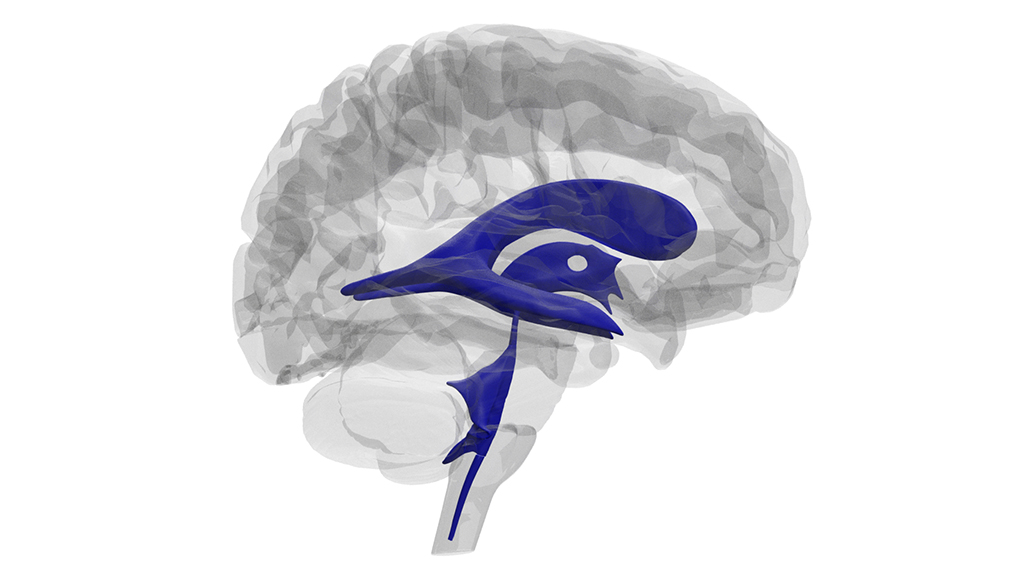Abstract
This case study uses a modified problem-based learning approach to explore the anatomy and physiology of the ventricular system along with the sub-arachnoid space. Critical thinking is important for success in professional schools and future careers; however, students commonly lack specific strategies to promote organization and critical thinking. For that reason, we have developed a four-step systematic approach that improves student confidence, social engagement, and provides them with a definitive road map to tackle novel problems. Students apply this method to the case of an 18-month-old child diagnosed with hydrocephalus, a condition in which an increased volume of cerebrospinal fluid (CSF) is present in the cranial ventricles or the subarachnoid space. This case is ideally suited for an upper-level undergraduate course in neuroanatomy that uses a typical 50-minute time frame, but it could also be used in related courses such as undergraduate anatomy and physiology, or in similar graduate-level courses.



